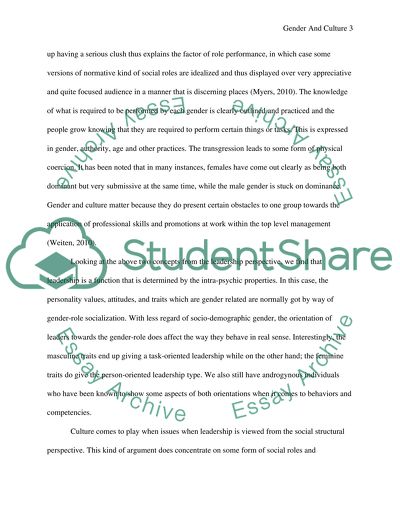Cite this document
(“Leadership: why Gender and Culture Matter Research Paper”, n.d.)
Retrieved from https://studentshare.org/psychology/1432816-why-gender-and-culture-matter
Retrieved from https://studentshare.org/psychology/1432816-why-gender-and-culture-matter
(Leadership: Why Gender and Culture Matter Research Paper)
https://studentshare.org/psychology/1432816-why-gender-and-culture-matter.
https://studentshare.org/psychology/1432816-why-gender-and-culture-matter.
“Leadership: Why Gender and Culture Matter Research Paper”, n.d. https://studentshare.org/psychology/1432816-why-gender-and-culture-matter.


